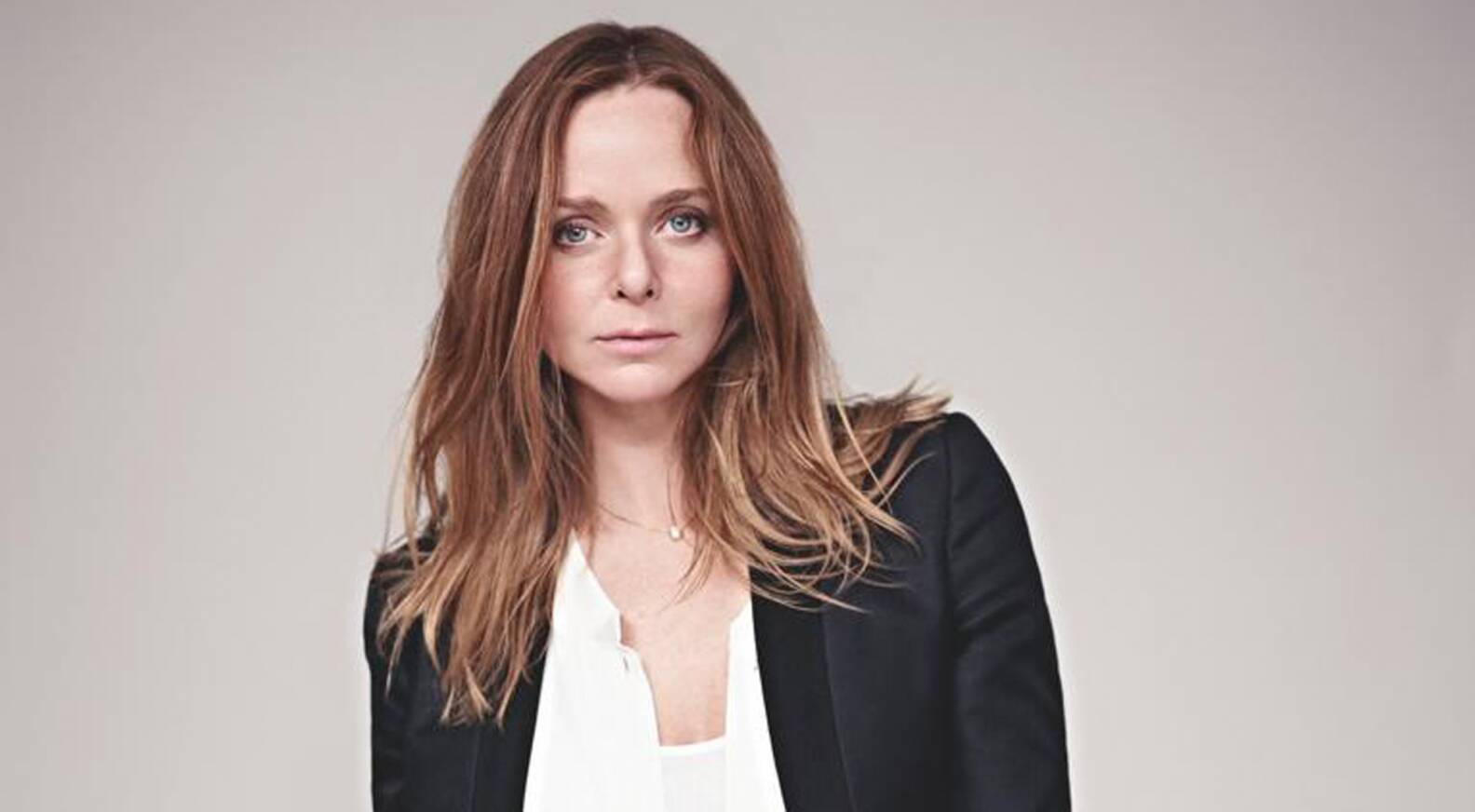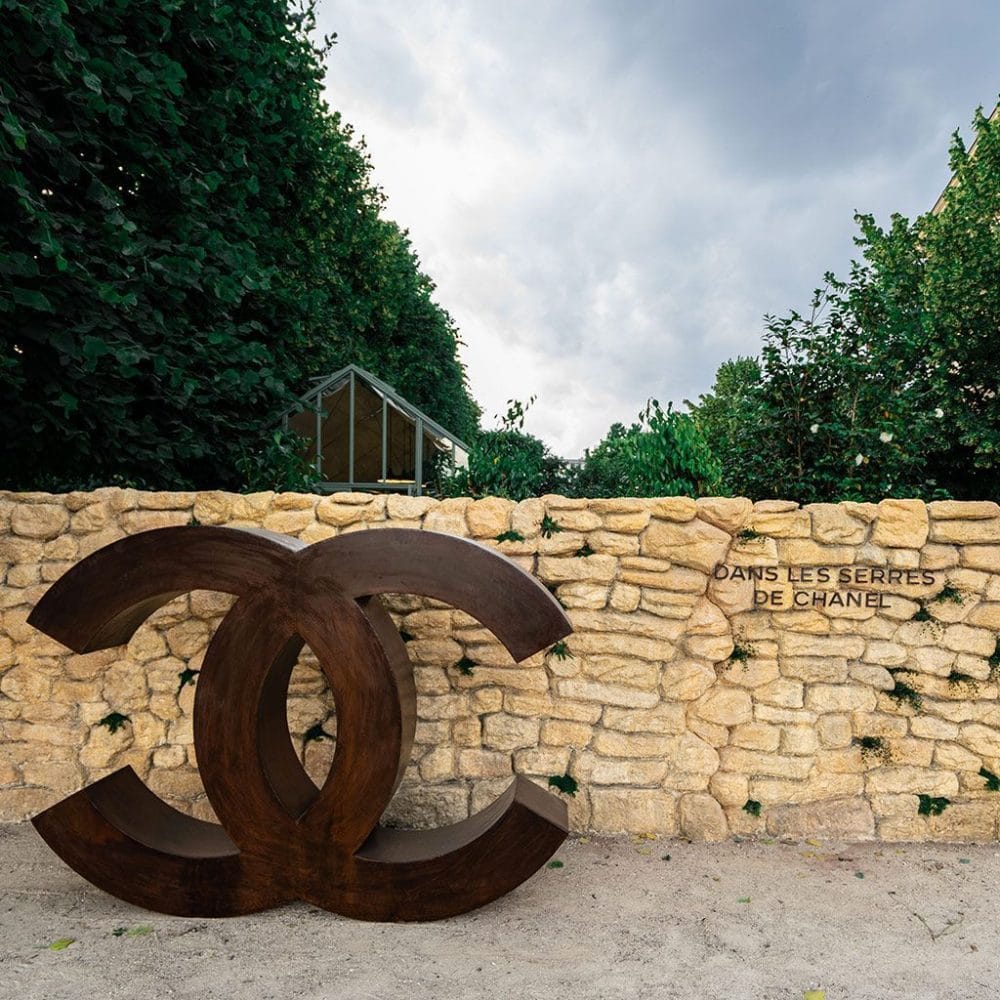[vc_row][vc_column][vc_column_text]
The Cité du Luxe 2020 will be held on March 13 at the EIML (International School of Luxury Marketing), in the 15th arrondissement of Paris. A real place of exchange, dialogue and debate between generations whose objective is to enrich themselves in contact with professionals and experts in the luxury sector, this day of conferences returns for a 9th edition around the commitment of companies luxury. Luxus Plus, partner of the event, exclusively reveals the surveys carried out by 5th year students in the Masters cycle of EIML Paris as part of their exchanges with luxury professionals for the preparation of the event.
By Coralie Harmant – Marion Dragan – Marie Crozet (students in the 5th year of specialised Masters A at EILM Paris), under the supervision of Claire Domergue, Publication director of Luxus Plus
The fashion industry is the second most polluting in the world, after the petroleum industry. It is in any case an affirmation which one finds in many militant campaigns, articles and revolutionary documentaries – among which The True Cost by Andrew Morgan.
In 15 years, global clothing production has doubled. Less than 1% of clothing is recycled and half is thrown away, less than a year after purchase. In the face of these alarming data, luxury is seeking to reinvent itself.
At a time of ecological and responsible awareness, luxury is continuing to develop taking into account new ecological challenges. New sourcing and innovation strategies as well as new business models are emerging. Decryption.
A claimed environmental and societal approach
In order to meet the demands of customers who are more and more concerned about the environmental impact of the products they consume, brands have had to reinvent themselves and opt for new eco-responsible materials, which were hitherto not very widespread in the textile industry.
This is the case, for example, of the Stella McCartney brand, which has been committed to promoting more responsible fashion since its beginnings in the 2000s, in particular by combining sustainable development with innovation. In this perspective, the brand announced the release in May 2020 of its first biodegradable jeans, produced thanks to the innovative Italian technology Coreva®.
Integrating the environment from product design is therefore the vocation of more and more brands. Marine Serre, winner of the LVMH 2017 prize, uses materials from recycling to offer ever more responsible collections that meet current economic challenges. More than 50% of its collections already use this method, even if it targets 60 to 70% for the years to come. “The most complicated is the sourcing work,” she explains. This represents 70% of the process, because you have to find material in quality and quantity. Production is more limited and carried out at a reasonable distance from the distribution sites. ”
New business models: for more inclusive luxury
Because the consumer is more and more involved in the purchasing process, new brands are created to give the consumer the possibility of becoming actors, in particular through co-creation. Some brands then offer limited collections which opt for personalization or tailor-made, and which therefore integrate the buyer within the creation process by soliciting him on his tastes and preferences.
For example, the French label of interior slippers Edith & Marcel offered this service for two of its collections: the Couture line allowed embroidery with gold or silver thread on demand, but also the addition of delicate wild or peacock feathers. The Démesure line, meanwhile, made it possible to adorn the slipper with materials of excellence: exotic leather, embossing, embroidery or jewelry. The result: A new, more collaborative luxury that even uses “co-creation” techniques, which are also very common in the cosmetics field.
For its part, LVMH has been involved for more than 25 years for the planet, remaining one of the most committed luxury groups. Thus in 2014, the group awarded its first prize for creation to the creator Marine Serre who offers collections made from already existing clothes and fabrics. This new approach called “upcycling” or “overcycling” confirms the development of a new industry which brings up to date a circular vision of fashion.
A clear and efficient positioning that is shaping a new fashion: innovative, respectful of nature and attentive to people. Steps that suggest a more ethical and more responsible industry, and which promises to shake up the codes in the future.
Featured photo: © Instagram @candianidenim
[/vc_column_text][/vc_column][/vc_row]








